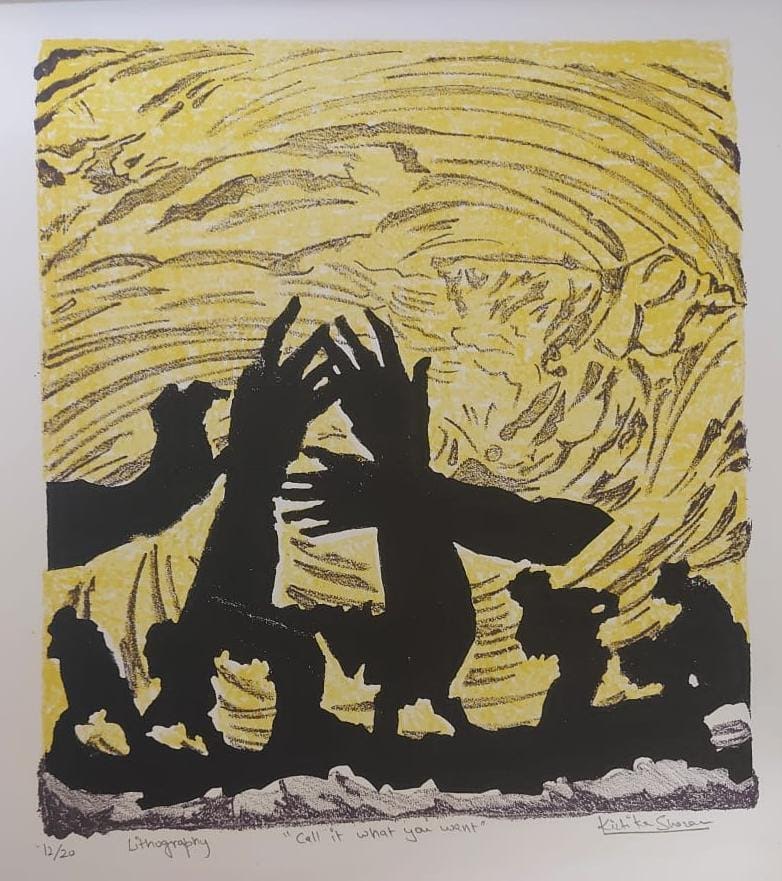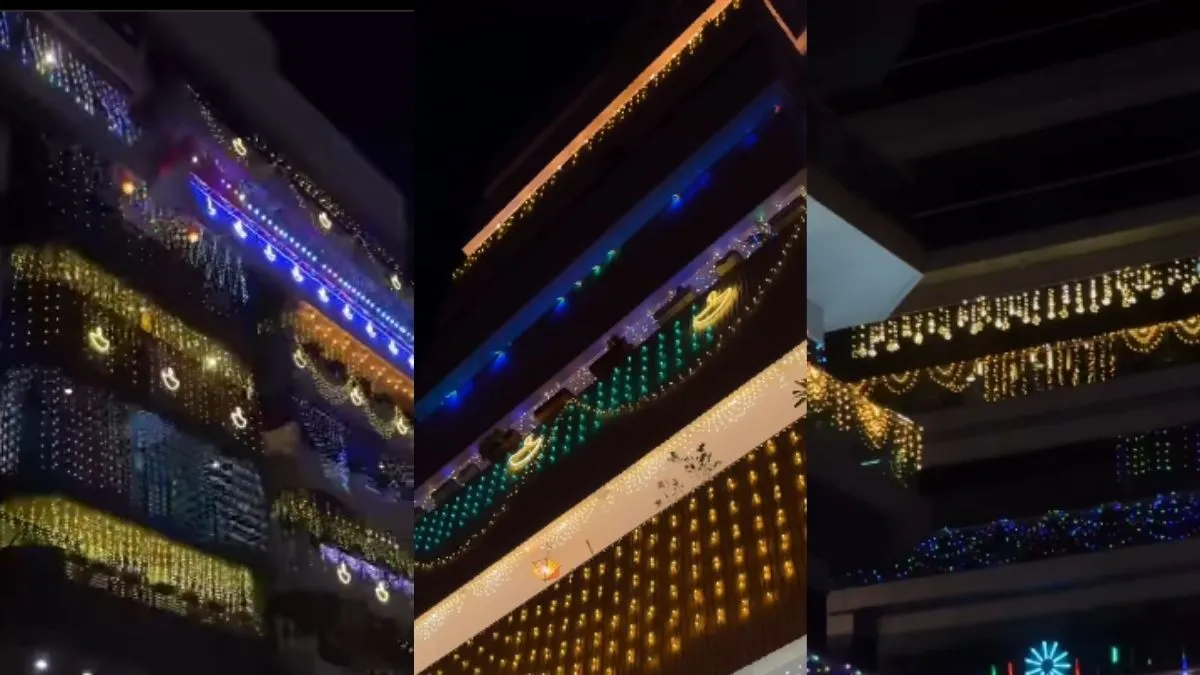A recent study shows that there are about 250 million internal migrants in India
Internal migration affects millions of people in India. Every year many move from rural to urban areas in search of better education, work and economic opportunities. People are enticed by the idea of a more modern way of life. A recent study shows that there are about 250 million internal migrants in India.
Indian artists frequently explore the topic of migration, giving us an insight into their personal experiences and sometimes the diverse experiences of those who have moved inside or outside the country for a better life. These artists often depict challenges faced by migrants; people leave their homeland with hopes, dreams and aspirations but, in most cases, are left socially isolated and face economic hardships.
Migration has led to the fusion of different traditions over time. We can see the artists reflecting on their personal journeys and trying to come to terms with their new surroundings, trying to understand the people around them and trying to fit in.
In Indian art, the connection between migration and the arts has emerged as a significant and prominent issue, reflecting the complicated social, political, and cultural realities of the nation.
Ramkinkar Baij is considered to be the “Master of Indian Sculpture”. He was born into a poor barber’s family and had a natural affinity towards sculpture, which Rabindranath Tagore easily recognized.

He was the disciple of Nandalal Bose. He was an experimentalist, having tried his hands at multiple mediums, including watercolour, oil paint and gouache.
Santhal Family is one of his most famous sculptures, made in 1938 with medium cement and laterite mortar. Here we see a mother, father, and two children, along with their dog, carrying their few possessions and migrating to a new place.
The family is migrating in search of work. We can see the father carrying a ‘bahangi’ (rural equipment to carry heavy things), which is made up of a bamboo pole and two baskets on each side and is used for carrying loads. On the back, he is carrying a load, and in the front basket, he is carrying his child. The mother is carrying a load on her head and child in her other arm(on the left side), and a dog can be seen accompanying the family.
From their clothes and the small amount of luggage, we can easily guess they belong to a poor family.
The man is wearing a towel on his head, and the woman is carrying a rolled mat in her basket.
The sculpture was innovative in subject matter, was personal in style and showed movement and emotion. Coming from a poor family, he never really worked with expensive materials
rather settled for locally available materials such as red gravel, sand and cement. His sculptures are meant to be seen in an open space since they are very dynamic. The sculpture
is round and can be seen from the sides. The sculpture is placed on a low pedestal. It provides a sense of dignity and grace to the common people.
NOTABLE WORKS On MIGRANTS:
Partition series by Arpana Caur
Some of the most notable works relating to migration include:
“Partition” series by Arpana Caur – This series of paintings and drawings explore the experiences of those affected by the Partition of India in 1947 and the forced migration that resulted from this event.
A Soaring to Nowhere by Sudipta Das
“A Soaring to Nowhere” by Sudipta Das – The artist is trying to show the disoriented state of mind of the refugees. She revisits her memories of displacement and the stories she heard from others.
Bangladeshi immigrants in Assam
Bangladeshi immigrants in Assam. The small and fragile figures are suspended from the air to show the emotional distress of the migrants and the physical pain they experience.
‘Fragmented Life’ by Anjan Modak
“Fragmented Life” by Anjan Modak – Migrant workers were suddenly forced to return home during the lockdown. The homeless construction workers were building homes for others.
In general, the prevalence of topics relating to migration in Indian art illustrates the intricate and dynamic interactions between politics, economy, culture, and personal experiences in the nation today.
These topics provide a glimpse into the perspectives of the millions of people navigating the opportunities and challenges of modern India.
*********************************************************************
Readers
These are extraordinary times. All of us have to rely on high-impact, trustworthy journalism. And this is especially true of the Indian Diaspora. Members of the Indian community overseas cannot be fed with inaccurate news.
Pravasi Samwad is a venture that has no shareholders. It is the result of an impassioned initiative of a handful of Indian journalists spread around the world. We have taken the small step forward with the pledge to provide news with accuracy, free from political and commercial influence. Our aim is to keep you, our readers, informed about developments at ‘home’ and across the world that affect you.
Please help us to keep our journalism independent and free.
In these difficult times, to run a news website requires finances. While every contribution, big or small, will makes a difference, we request our readers to put us in touch with advertisers worldwide. It will be a great help.
For more information: pravasisamwad00@gmail.com











